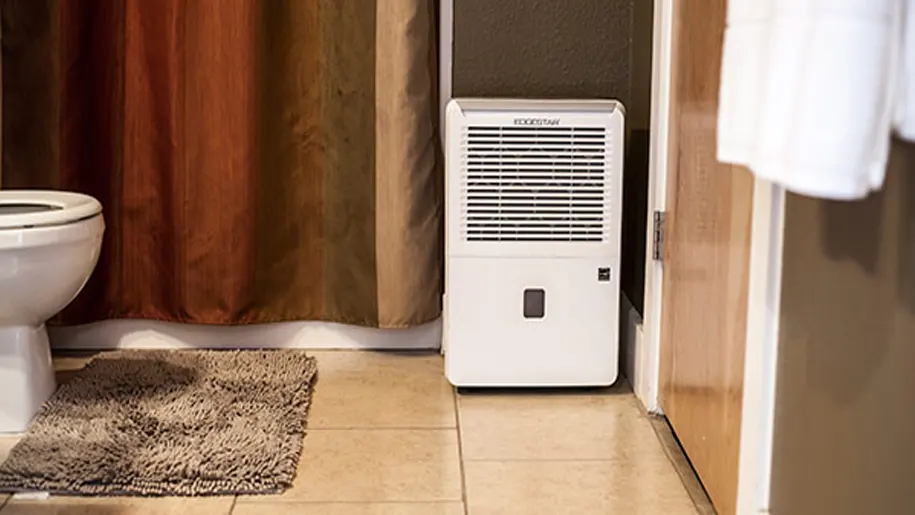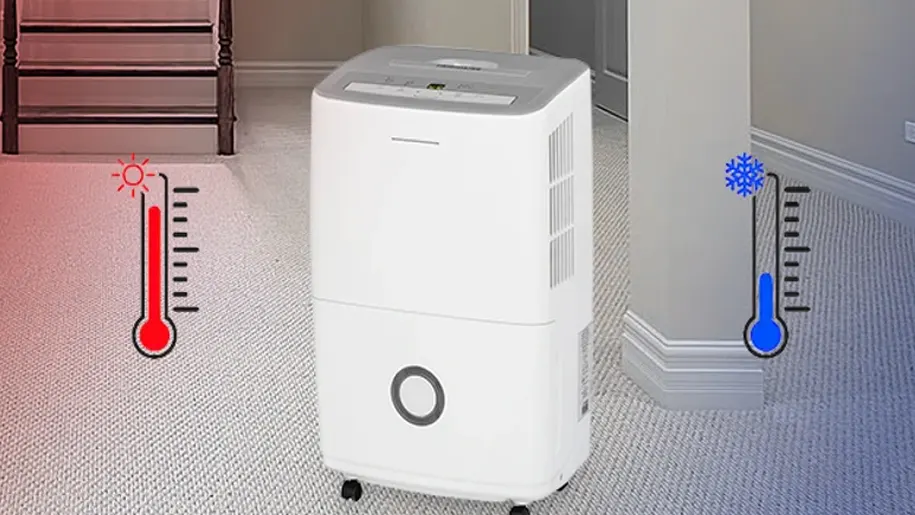A dehumidifier uses refrigeration to remove moisture from the air in areas where high humidity can cause health problems such as mould, mildew, respiratory issues, or rust. This requires the dehumidifier to remove moisture from the air, producing heat constantly. Depending on how you’re using your dehumidifier, the heat produced by your dehumidifier needs to be vented outside to prevent any damage to the unit, so it’s important to know how to vent heat from the dehumidifier properly.
What is a dehumidifier?

A Dehumidifier is a device that removes moisture from the air by condensing it into liquid water. This process occurs through a compressor, which creates cold air below the dew point temperature. The moisture-laden air then passes over a cooling coil, further reducing the temperature. Finally, the cool condensate is released into the drainage system.
How to vent heat from the dehumidifier?

Venting heat from a dehumidifier keeps the machine running more efficiently and prevents a potentially dangerous buildup of excess moisture. Dehumidifiers produce cold and dry air, which can be dangerous in a wet, humid environment. That’s why vents are critical to the dehumidifier’s operation. A dehumidifier removes humidity from the air by absorbing it with a desiccant. As the moisture is absorbed, the air becomes warmer. Venting heat from a dehumidifier requires directing that heat to another room or outside. The best way to do this is to set up an exhaust hose outside your window or connect it to a chimney duct or wall outlet in another room where you send the extra heat.
Do heat pumps dehumidify?
It may seem counterintuitive, but a heat pump is a dehumidifier for your home. If you are looking for a way to dehumidify your home, you can consider purchasing a heat pump and heating your home with that instead of traditional electricity. The process works by drawing moisture out of the air.
What is the purpose of a dehumidifier?
Dehumidifiers remove moisture from the air. Moisture in the air can lead to the growth of bacteria and mould, which can cause allergic reactions, respiratory problems, and asthma attacks. A dehumidifier removes the moisture from the air and is a great way to reduce allergens. When you run your unit, you will notice that it starts to cool down in the room it’s located because it is removing moisture from the air; this process also helps curbs the growth of dust mites, which are tiny insects that live on human skin cells as well as other sources like dust and pet dander.
Does a dehumidifier heat a room?

Yes, dehumidifiers do put out heat, but the heater inside of them is what causes the most warmth. Generally speaking, a room would need to be heated before it can be made cooler by a humidifier or air conditioner.
How much heat does a dehumidifier produce?

Dehumidifiers reduce humidity by either extracting water or freezing the air. It usually raises the air temperature by 10°-15°F, so be aware of the resultant increase in humidity, and remember to account for the surplus heat the unit generates.





